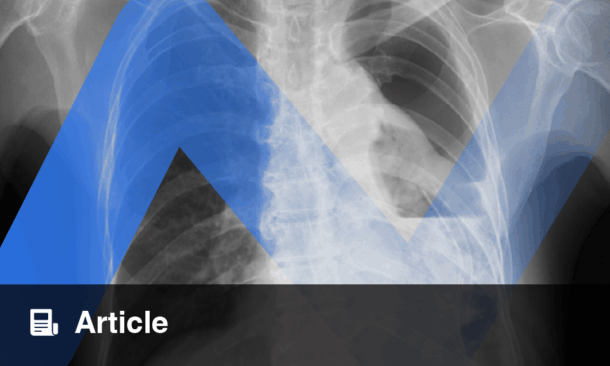TREATMENT goals in older adults with acute myeloid leukemia now prioritize long-term survival with targeted regimens.
Older adults with acute myeloid leukemia represent a heterogeneous population with diverse fitness levels and molecular profiles, which complicates treatment selection and prognostic counseling. Historically, many patients received palliative or low intensity regimens that focused on symptom control and quality of life rather than durable remission. This review highlights how recent therapeutic advances are reshaping expectations, with prolonged therapy aimed at achieving meaningful survival benefits in this higher risk group.
Personalized Treatments for Older Adults with Acute Myeloid Leukemia
The author outlines how the treatment paradigm has shifted from uniform approaches toward personalized therapy guided by molecularly defined subtypes. In this context, targeted therapy is increasingly combined with established backbones to deepen responses and extend survival. A central development is the emergence of venetoclax and hypomethylating agents as a new standard of care for many older patients who are not candidates for intensive induction chemotherapy. Their synergistic activity has created a platform on which additional agents can be layered in future clinical trials.
Venetoclax-Based Combinations as New Backbone
By reviewing efficacy and safety data from multiple clinical studies, the article summarizes promising combinations that pair venetoclax with a hypomethylating agent and other target-directed drugs. These venetoclax-based regimens aim to maximize anti leukemic activity while maintaining tolerable toxicity in a population with frequent comorbidities and limited physiological reserve. The discussion underscores that careful patient selection, close monitoring of cytopenias and infection risk, and early adjustment of treatment intensity remain critical to delivering benefit.
Future Directions in Targeted Therapy
According to the expert opinion, favorable results with venetoclax and hypomethylating agents are opening a new research era in acute myeloid leukemia. Ongoing and planned trials are exploring how to incorporate additional specific agents into this backbone, with the goal of refining risk adapted strategies for distinct genetic subgroups. For practicing clinicians, these developments reinforce the importance of comprehensive diagnostic workup, molecular risk stratification, and regular reassessment of prognosis as new data emerge for this growing older population.
Reference: Thomas X. The continuing search for effective treatments for older adults with acute myeloid leukemia. Expert Rev Clin Pharmacol. 2025;doi:10.1080/17512433.2025.2595682.








